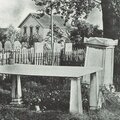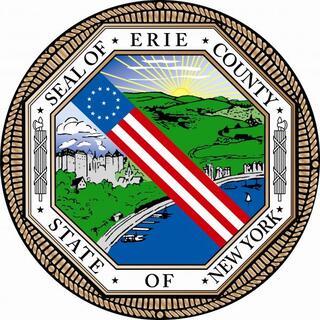
Neighborhood revitalization efforts, such as this shot of Prospect Street, involve detailed research into the history of the affected properties.
Dana Saylor-Furman Photograph, 2011
As a professional property researcher, I am often asked: “Where do you go to get information? The Historical Society?” The answer is yes, and so much more. Uncovering the history of a place – including the stories of the people who once occupied it – can be an incredibly complex process, however the results are usually rewarding.
I have found that the most important element of this kind of historical research is relationships. Building connections with the folks who run archives, head up historical groups and hold the keys to cemetery, church and corporate records is critical. In almost every case, these people are dedicated and knowledgeable and they deserve a researcher’s respect. It is important to remember that while they are, in a sense, there to serve you, you should also provide value in return. This can be in the form of sharing the research you compile, giving them copies of interesting documents they can add to their collections or donating funds to help them keep their doors open.
Often the best place to begin your search is with a few research questions, such as “When was this building built?” or “Who occupied this commercial block in 1910?” These can help you narrow your focus and direct the search. On any given research project, I may stop at a selection of the following repositories:
- City Hall Permit Office – permits and some blueprints
- City Tax Assessors’ Office – older tax forms and assessments
- County Hall Surrogate’s Court – wills and estates
- County Hall basement records room – naturalizations, deeds, court and business records
- Grosvenor Room at Central Library – census maps/atlases, city directories, social registers, common council minutes, books on local and family history, local history card file (index to some newspapers), scrapbooks, church/cemetery records, vital records index
- History Museum – some photos of people and places, more atlases, newspapers, obituaries, reference books, family paper collections and ephemera
- Churches and cemeteries – burial and plot info, headstone details, family groups
- Local historical groups – specialized history, books, family paper collections, company info
It is important to keep in mind that some of the above offices or institutions have restrictions on who may access records and why.
Keep in mind that, in the 21st century, there is a host of information available online, which should only support the in-person research you will do.
Here is a selection of websites to which I often refer when conducting my own research:
- BuffaloResearch.com
- BuffaloAH.com
- BuffaloHistoryWorks.com
- FixBuffalo.blogspot.com
- Ancestry.com
- FamilySearch.org
Ancestry.com is great for utilizing sources like city directories, census records, military records, Social Security death index and more. By contrast, however, the family trees others upload to the site are notoriously unreliable because many people post information that is unproven. These sources should be used with extreme caution.
When researching, I utilize the Board for Certification of Genealogists standards and cite all my sources. Accuracy, whether for your own project or something to be published, is of the utmost importance. Remember, there will be others who come after you who will read what you wrote and take it at face value. They may also want to look further into a particular area of your research, so accurate citations are critical. Keep a written or digital list of all the sources you search so you don’t return to search again later and waste your time. Start a list of facts as you uncover them, and add a citation for each fact. You may wish to turn this into a narrative. I believe there are compelling stories just waiting to be told, but we must help uncover them. Happy hunting!








